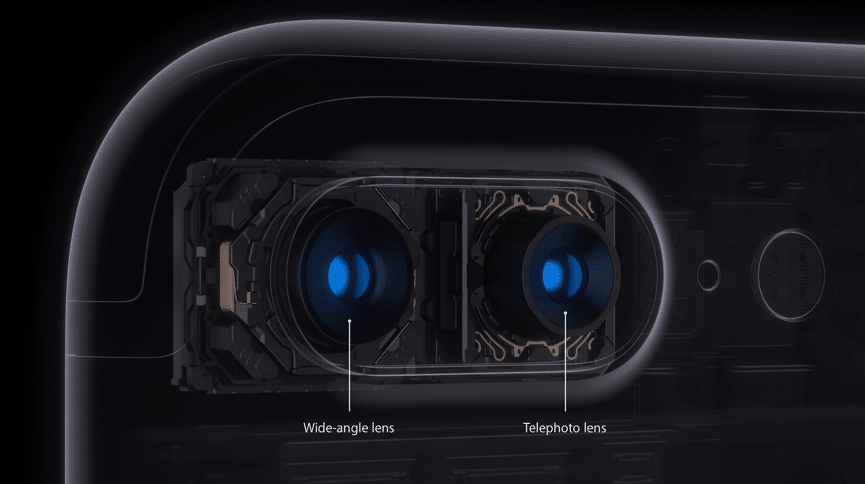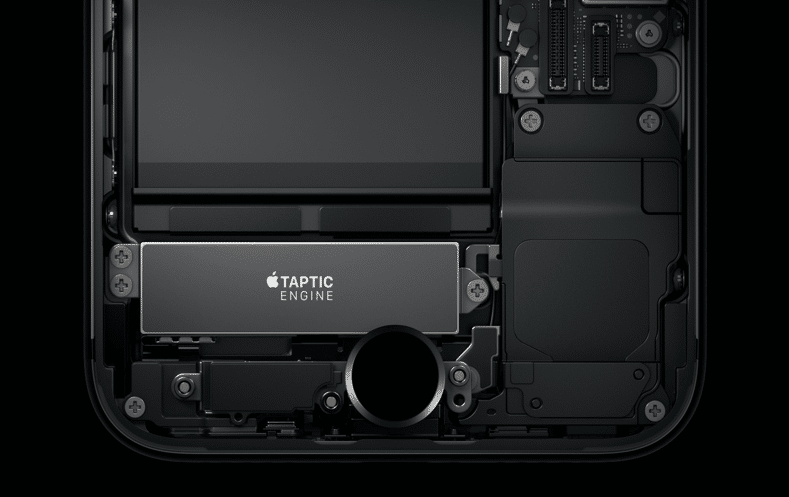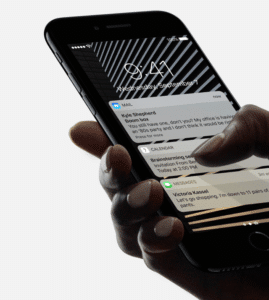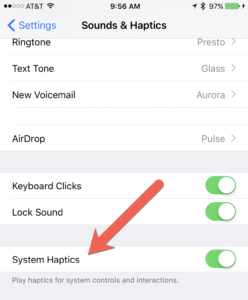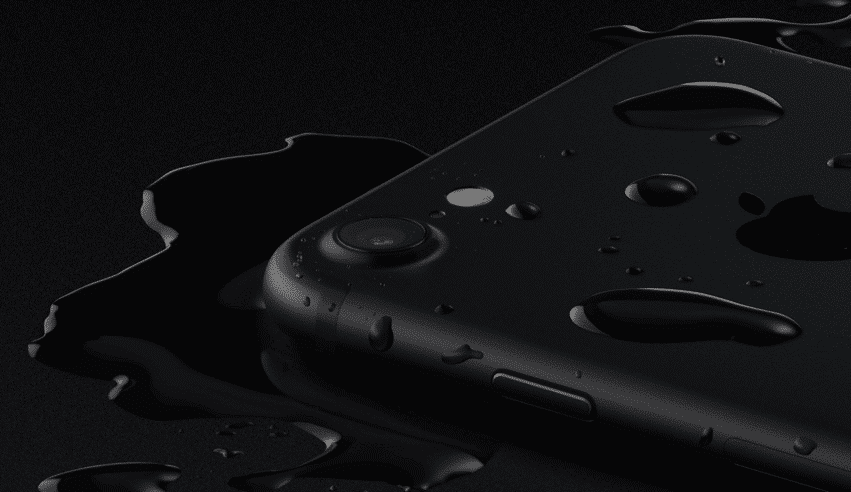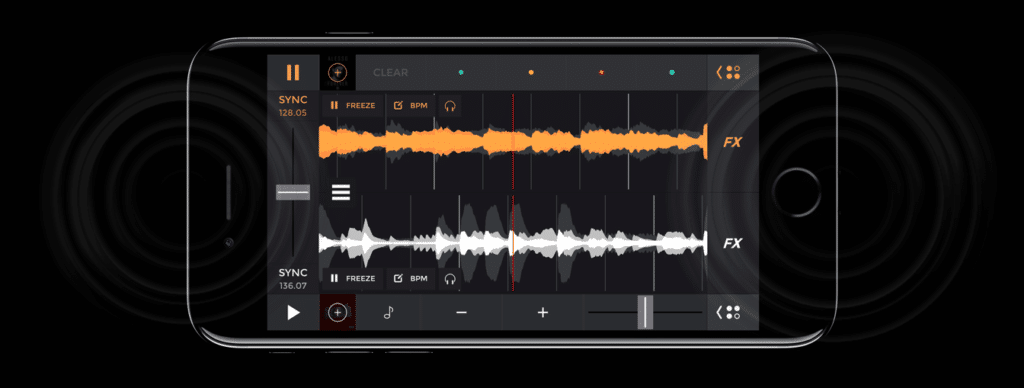There are so many reviews about Apple’s iPhone 7 Plus out there, I’m not even going to attempt to write one. Others will and have covered every nook and cranny of it to incredible detail that I probably wouldn’t even do it justice. Instead, I’m going to write about my experience with the iPhone 7 Plus which I have had for just about two weeks now. Honestly for those people who view smartphones as merely utilitarian tools, this article is probably not for you. But if you have an ounce of appreciation for design and aesthetics, you may want to read on.
For the past couple of weeks, I struggled to come up with a word or phrase to describe the iPhone 7 Plus, but I finally came up with one: nuance. There are definitely some powerful chips and technology at work with Apple’s latest iPhone but for me, it became more about the experience. Having spent a year with the iPhone 6S Plus, honestly, the differences from initial view are not something to write headlines about. But there is actually so much more once you get into the experience.
Let’s stop for a second to talk about the word nuance. The definition in the handy Apple dictionary states:
a subtle difference in or shade of meaning, expression, or sound: the nuances of facial expression and body language.
Key words to me here are “subtle difference.” Again, this is how that upgrade path from the 6S Plus to the 7 Plus feels. The size and weight are practically identical (in fact, the iPhone 7 Plus is 4 grams lighter at 188g). Most of the buttons are in the same place. And with iOS, it performs a majority of the functions identically.
But there are subtle yet important differences! Let’s take a look at a few of these.
The Camera
One of the three physical differences between the 6S Plus and the 7 Plus are that on the 7 Plus there are two camera lenses (wide-angle and telephoto). In my opinion, this is what clearly sets the iPhone 7 Plus above the rest.
Ok, here are a few technical specs.
iPhone 7 Plus
- Rear camera: Dual 12MP sensors (f/1.8, 28mm & f/2.8, 56mm), Focus Pixels, OIS, 2x optical zoom, quad-LED (dual tone) flash, 4K video recording.
- Front camera: 7MP sensor, f/2.2 aperture, 1080p recording
iPhone 6S Plus
- Rear camera: 12 megapixel sensor, f2.2 aperture, Focus Pixels, OIS, dual-LED flash, 4K video recording.
- Front camera: 5MP Front Camera, f2.2 aperture, 720p video recording
Some of the biggest standout difference between the two are in the zoom improvements with the iPhone 7 Plus having a 2x optical zoom and 10x digital zoom. Honestly, it’s pretty phenomenal. And there is a better front facing camera too for those selfies at 7MP 1080p recording versus 5MP 720p recording on the 6S Plus.
But really the Portrait mode is what differentiates this iPhone from older and other versions, even from the smaller iPhone 7. And it is because of these dual lenses. Instead of talking about the technology behind it, I would rather simply show the difference. Essentially, with the dual lenses, the iPhone is able to interpret what is the focal point and what is the background using depth of field. My wife took this photo (and you can have the iPhone 7 save both versions – normal and portrait).
Obviously, the non-portrait mode photo is on the left and the portrait mode is on the right.
On my way to work, my daughter snapped another photo. Again, normal on left and portrait mode on the right.
And there is a quad-LED flash. While not really a nuanced change by definition, this flash is quite bright! Be prepared to blind the person you are taking photos of if you use this at night!
With the advances in technology within the iPhone, many people are starting to not find the need to carry a separate DSLR camera. And while the iPhone 6S Plus (and the iPhone 7 non-Plus) have pretty amazing cameras by any standards, it’s that second lens that makes the iPhone 7 Plus a truly compelling option (so much so, both my wife and oldest daughter are scheming to find a way to get one for themselves).
The Home Button
As I set up the iPhone 7 Plus, there was a new setting I had to configure. It had to do directly with the Home button. One of the biggest physical changes was this: there isn’t a physical Home button anymore. It is now a touch-sensitive fixed surface with haptic feedback.
What does that mean? Well, a few things actually. For starters, you don’t have to worry about the button breaking or wearing out. There are no physically moving parts to it.
It also means that no dust, debris, water or moisture can get underneath it, going to the “Water Resistance” item below.
But there is another nuance to this design choice. When you don’t have an actual button that clicks or feels like it is pressed, how do you know if you have actually pressed it? Well, you get haptic feedback by two clicks when you press and release the Home “button” and one click if you press and hold it. And the two clicks from the haptic engine are nuanced. The initial click is stronger than the second one – press and release is achieved through the haptic engine. And this is the new set-up screen you must go through – to define the prominence of this haptic feedback – light, normal or strong.
The Haptic Taps and Feedback
Haptic feedback has been in many of the recent iPhones. It’s a little engine (or perhaps several) that provide tactile feedback through vibrations, buzzes or taps. But after just a few hours using the iPhone 7 Plus, I started to think that suddenly there were a lot more little, subtle taps when I did a variety of actions.
Buried within the Sounds & Haptics settings is something new (and I honestly can’t remember if it was there in the iPhone 6S Plus) called “System Haptics” which enables this feedback for system controls and interactions.
Again, it’s subtle. If you pay attention though, you will notice it. When you scroll through a list of options, you feel each option “click.” When you zoom in on a photo and reach the maximum zoom, you feel a click. When you pull down the notification screen, a click. These little taps happen throughout all areas of the iPhone 7. It’s a digital way of making things physical. It’s a nuance.
Water Resistance
You may have seen the ads. A guy straps his iPhone 7 to his bike and goes for a ride in the rain. An older man listens to some music by the pool while diving off the high-dive, splashing the phone. One of the biggest issues with older iPhones (and many smartphones in general) was that they didn’t do well when dropped into water (trust me, this has happened in my family resulting in speakers that were muffled or odd patterns under the screen).
Apple has actually made it not that subtle that the iPhone 7 is now water resistant. You can submerge it in water for 30 minutes (or more if you are daring – see this iFixIt video!) You can take a call in the shower if you want to. In the first few hours of receiving my iPhone 7 Plus, I took it to a football game and used it in the pouring rain without giving it a second thought. I wouldn’t have done that before.
But that is where improvements enhance your experience. You become less worried about getting your phone wet and more about just using it to experience life.
Two Speakers
I will bet you didn’t even know that older iPhones have only one (mono) speaker. If you look at the bottom of your iPhone, you will deceptively see two “speakers” – they actually aren’t two speakers. It’s just one. The iPhone 7 brings two speakers to the equation now. But, again, Apple is a bit sneaky. The speakers aren’t both at the bottom, there is one at the top and one at the bottom, despite there being two speaker grills at the bottom still.
Again, another nuanced improvement. Unless you were looking for (or in this case, listening to) it, you probably wouldn’t notice it.
The Headphone Jack
Unfortunately, this is one change that many people aren’t that happy about. The iPhone 7 does away with the 3.5mm headphone port and uses the Lightning port for headphones now instead. This is not subtle and honestly, not a nuanced change. You can’t, for example, charge/sync your iPhone 7 and use headphones for music or a call simultaneously now.
But Apple is pushing you subtly in a new direction – that of wireless headphones. In my opinion, these are sort of the next generation Bluetooth headphones. BT headphones are becoming smarter with more embedded sensors and functionality than ever before. And they can pass much more data to the iPhone and with the iPhone’s increased performance, more can be done with that data.
Obviously, removing the headphone jack was a conscious decision with a lot of context riding behind it. It also eliminated a port that could potentially make it less water resistant. As soon as Apple uses wireless charging, the lightning port will most likely be eliminated. You can sync via Wifi or play sound via Bluetooth or speakers already.
The Nuance that is iPhone 7 Plus
There are many subtle changes to the iPhone 7 Plus over previous versions of the iPhone, several of which I have outlined above. And there are some that are not so subtle (also outlined). I believe those not-so-subtle ones will bring more a more subtle upsurge within the ecosystem – wireless headphones, connectors, cases that do wireless charging or bring the headphone jack back, things like that. And I believe there will be many camera apps (and other apps) that will take advantage of the zoom and wide-angle lenses.
For me, the refinement in the experiences of sight, sound and touch are truly the game-changers here. And many would argue these aren’t really game-changes but merely the next step in the evolution of Apple’s iPhones. Regardless, this nuanced update to hardware and technology is a logical springboard to what is right around the corner – the iPhone 8 (not sure if it will be named that) – which has been rumored to be quite dramatic.
If you have an iPhone 6 or earlier device, the iPhone 7 (particularly the 7 Plus) is a solid upgrade, I feel. For those with an iPhone 6S (Plus), you probably could hold out for a year for the next iteration. However, if you have the budget AND you want an amazing photographic experience right NOW, the iPhone 7 Plus is a stellar upgrade that I highly recommend.
HTD says: Apple’s latest flagship iPhone, the 7 Plus, puts some of the more pricey DSLR cameras to shame, plus you get a refined supercomputer in your pocket in an elegant package.
